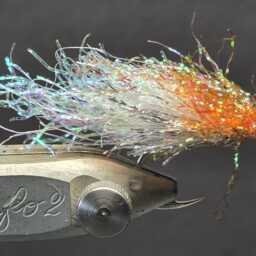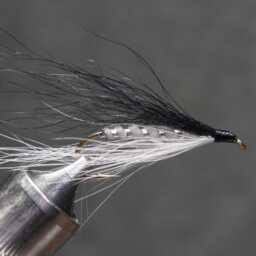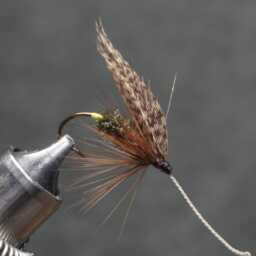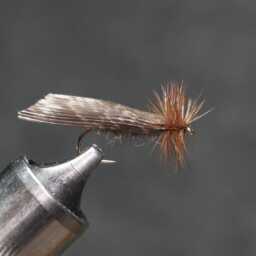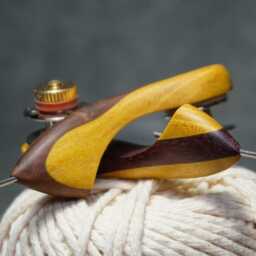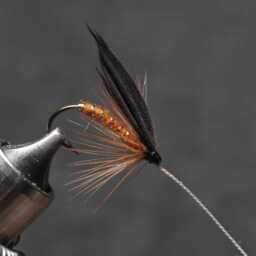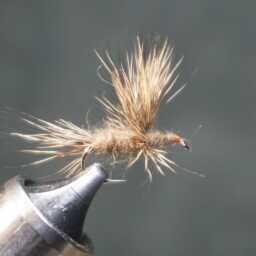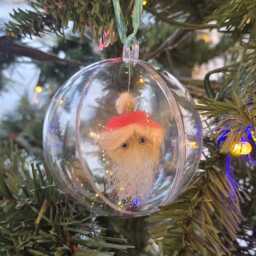In the world of fly-tying, marabou feathers, once sourced from the large African stork, now predominantly come from turkeys and chickens. The marabou stork is protected, and its feathers should not be traded. Mainly, turkey feathers, known for their fluffiness, are used in fly-tying. These feathers are soft, mobile, and lack the uniform surface seen in other feathers.
The marabou stork (Leptoptilos crumenifer) is a protected bird native to sub-Saharan Africa. Recognizable by its cloak-like wings and skinny white legs, it’s sometimes called the “undertaker bird.”
Marabou, historically sourced from the marabou stork, is now often substituted with white turkey feathers. Its advantage lies in its ability to take dye well, making it versatile for dress trimming and a substitute for fur. In fly tying, marabou is widely used for creating lures in fly fishing.
Blood marabou, resembling a short paintbrush, is ideal for wings and tails but not suited for hackles. It offers a nice, even edge when tied in due to the parallel bunch of barbs at the top. Marabou plumes, with normal barbs perpendicular to the stem, are common and used for loose barbs in hackle or as dubbing.
Stem marabou, also known as Woolly Bugger marabou, is the longest type, suitable for traditional hackling. Choosing feathers with a long, thin stem and uniform barbs is crucial. While some are too large for smaller flies, they work well for larger patterns like Intruder style and saltwater flies, with medium and smaller feathers being suitable for bass bugs and Wet flies.
« Back to Glossary Index
